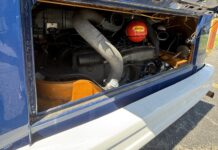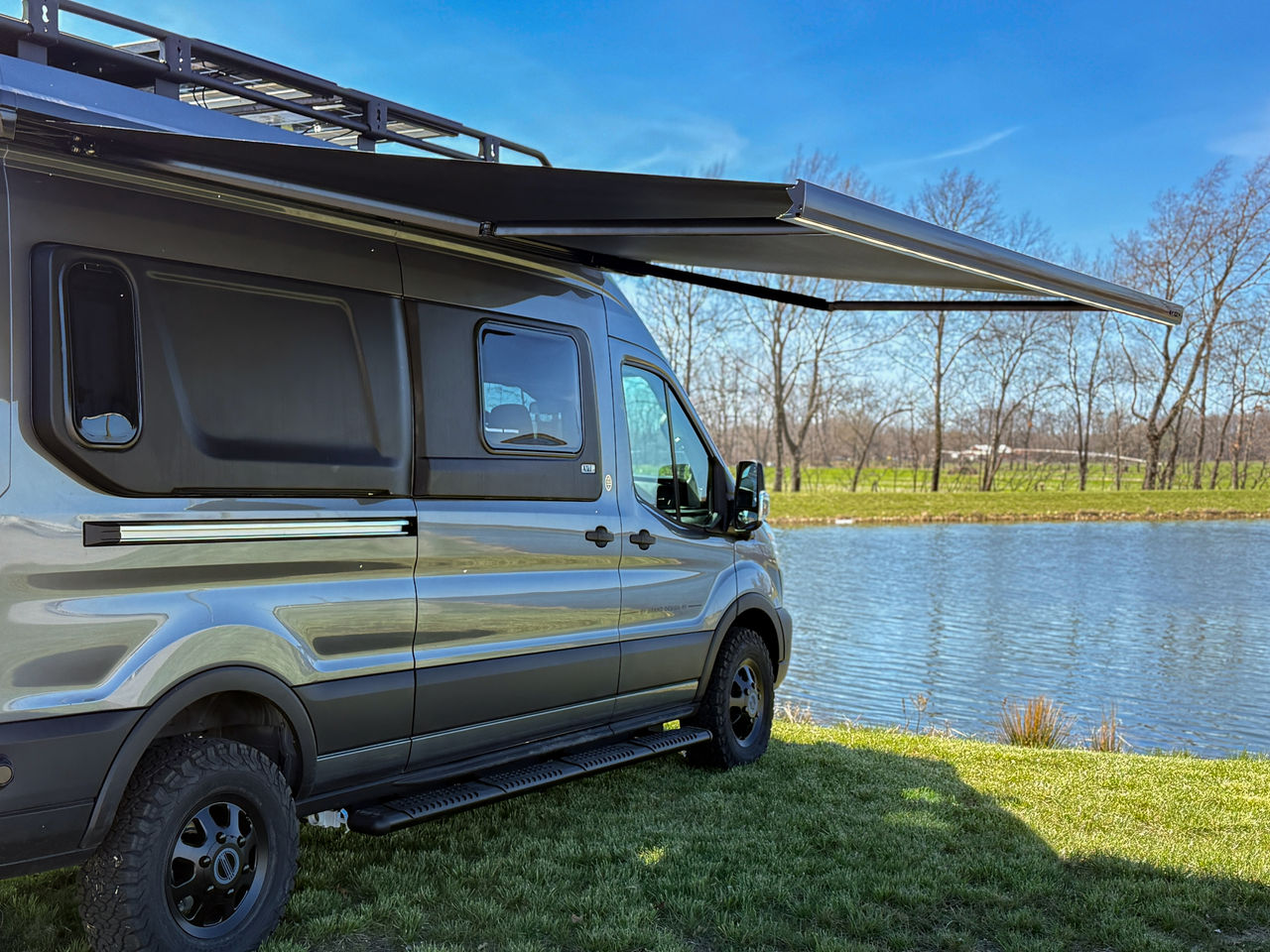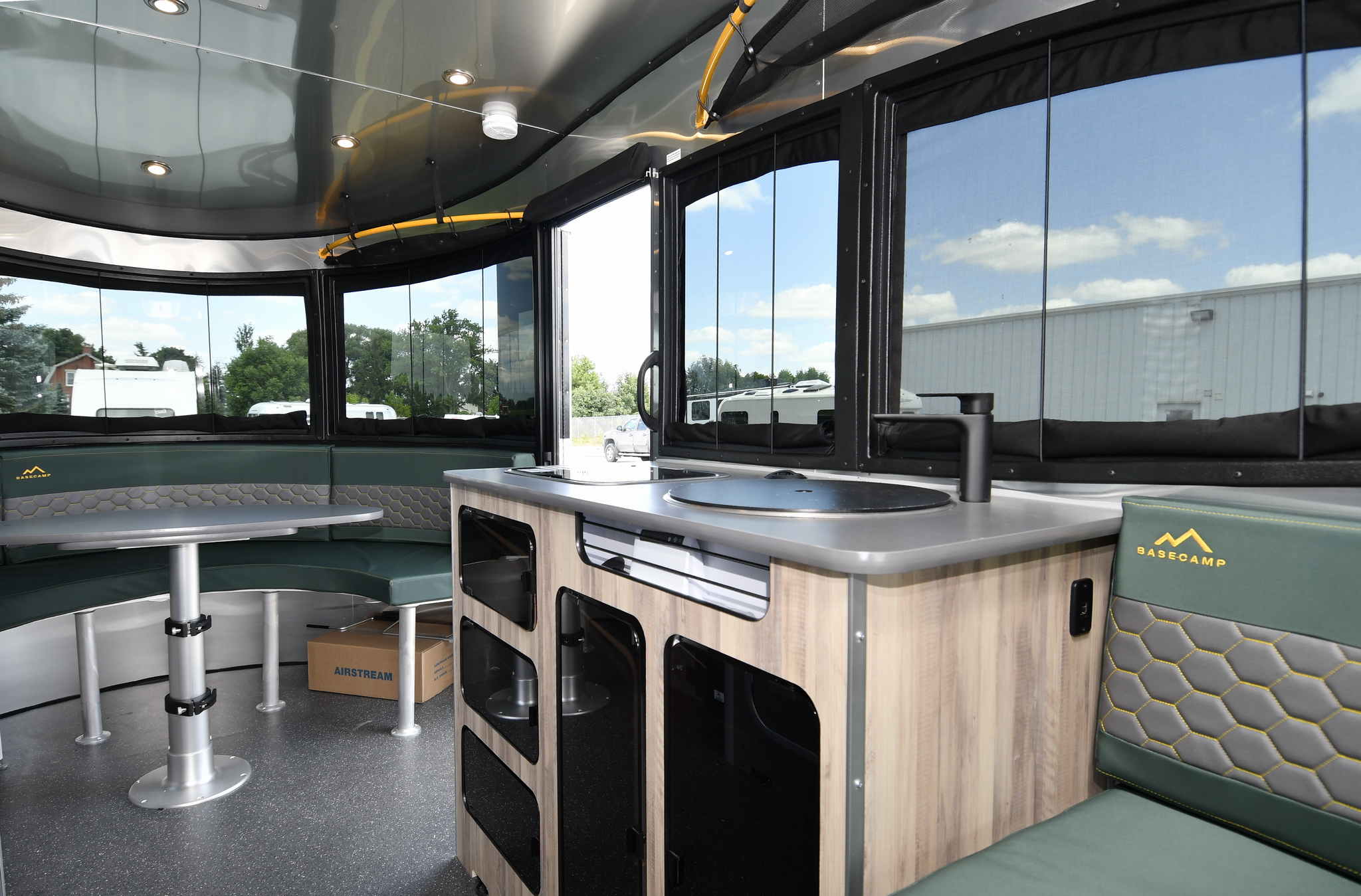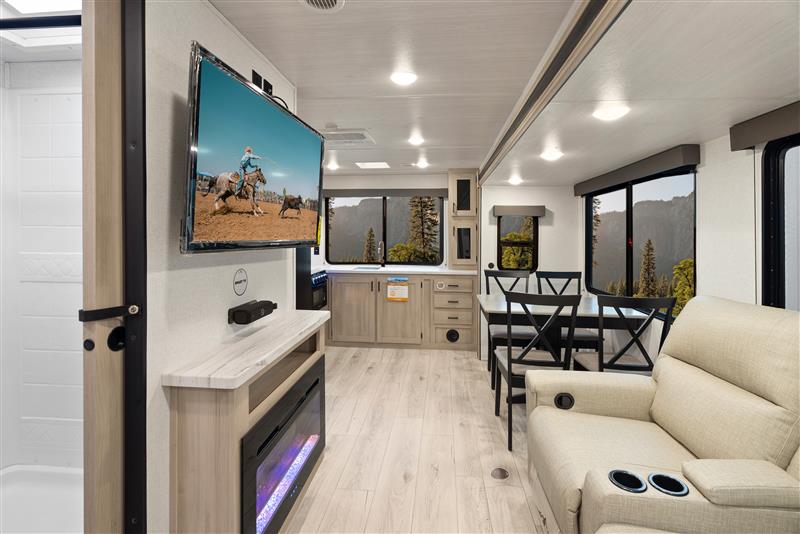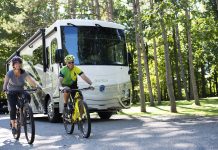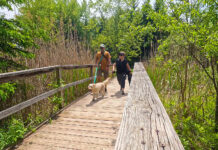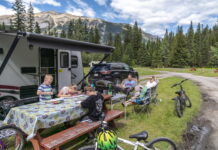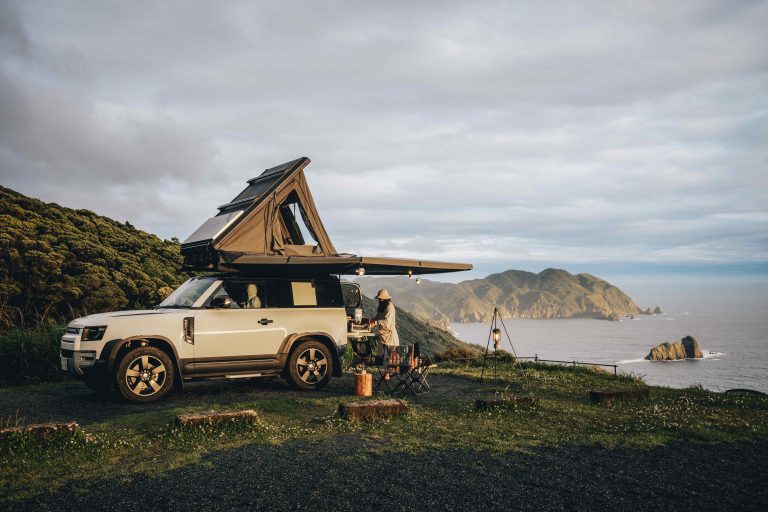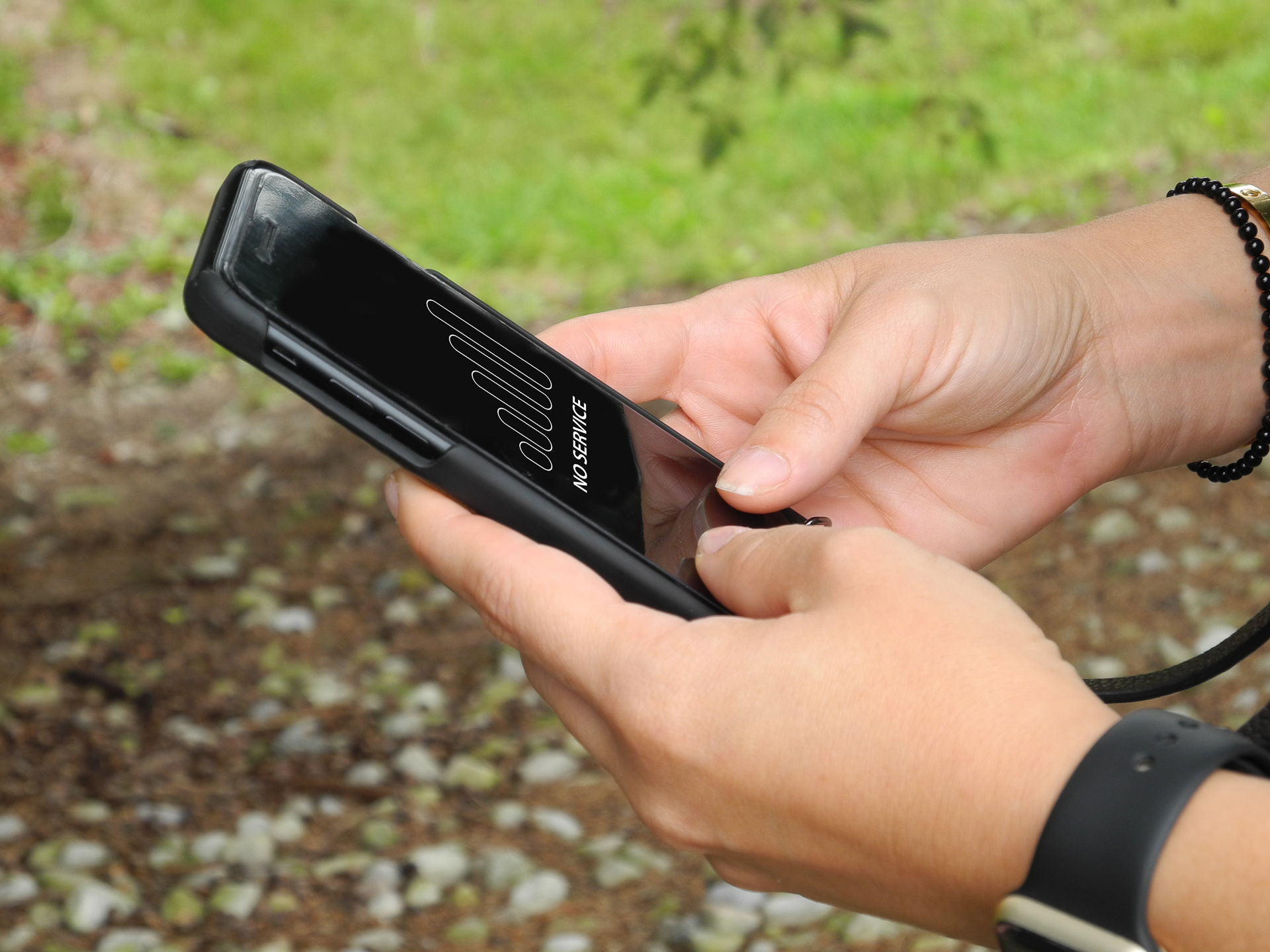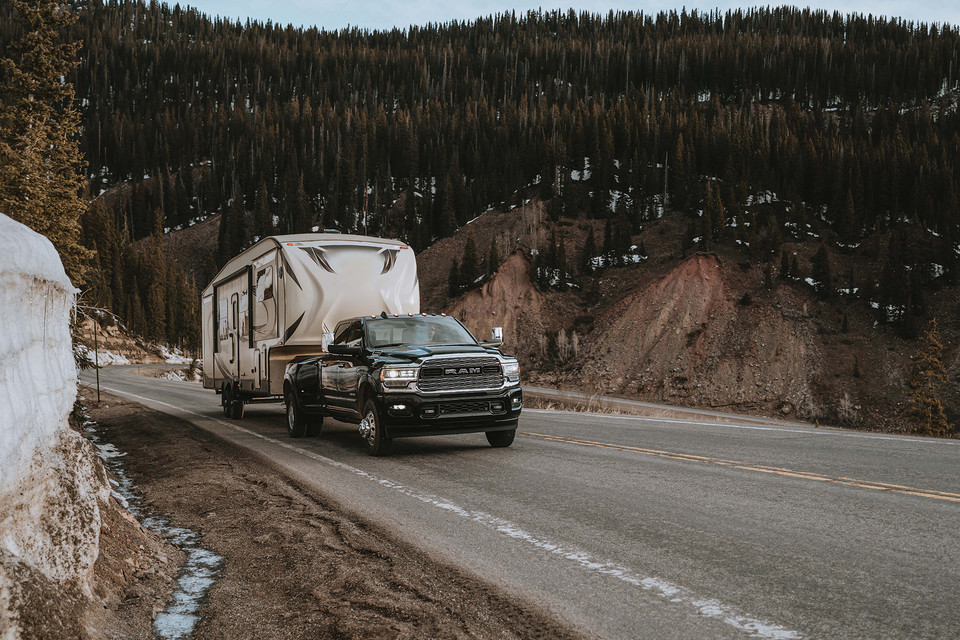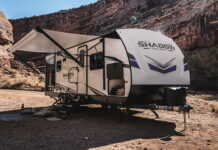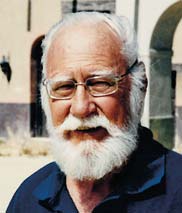 As we travel across the country we often find that we have no cell phone service when we are out on the open road away from the metropolitan areas. Have you ever given a thought to how your conversation gets from your phone to the party that you are calling or is calling you?
As we travel across the country we often find that we have no cell phone service when we are out on the open road away from the metropolitan areas. Have you ever given a thought to how your conversation gets from your phone to the party that you are calling or is calling you?
Cell phones are miniature receiver transmitters that allow us to communicate over a few miles or across the country. For a cellular conversation to connect and stay connected two things must occur: the phone must receive signal from the tower and the phone must transmit with enough power to reach the tower, in other words, the phone must hear the tower and the tower must hear the phone, as long as this condition occurs, cellular communication is successful. The tower sends a strong signals out to your phone that your phone can hear, but when you are further away, the signal from your phone may not be strong enough to reach the tower. As the signal from your phone travels a further distance, the signal will become weaker and more difficult to be heard by the tower.
When the phone connects with a given tower (this is called a handshake), the signal strength reaching the phone from the tower shows up as so many bars of signal strength on our phone’s screen. If we are getting a good signal from the tower (this usually indicates close proximity to a tower), we will dial the number that we wish to connect. Nine times out of ten, we get connected and are able to carry on a conversation.
In an urban area such as cities, there are many towers that will pick up our signals, and as we drive towards one tower, it commands our cell phone to transmit less power to the tower. As we drive away from the tower, it commands our cell phone to beef up the power. When our cell phone is turned on, it sends a signal to the towers in the area even when we are not initiating a call.
In our travels around the country, we often find areas where there is “no service.” We may be receiving sufficient signal from the powerful towers, but the low power of our handheld cell phone does not have the ability to reach the tower. Hence a dropped call or one that does not go through in the first place.
A cell phone booster can increase the range of a cell phone to 60 miles or greater. Increases in distance from a tower are dependant on several factors such as geographic terrain, antenna location, and directivity. Is the land area flat or hilly with no obstructions? Where is the mobile antenna located, on the center of the roof or mounted on the windshield? It is common for a tower on the highway to concentrate its energy along the direction of the road or some towers on the coast direct their signal out to sea.
As we travel into the country, there are fewer towers to receive our calls as they are spaced farther apart. There are fewer customers in the rural areas, so the telephone companies install directional antenna systems that concentrate the power of the tower along the highway so that fewer towers can cover the roads throughout the country. Sometimes in the rural area, towers may be spaced as much as 26 miles apart compared to as close as every few blocks in the city. If we travel off the main highway system to our favourite campground, we may find that we lose the connection as we drive away from the main coverage area of the towers.
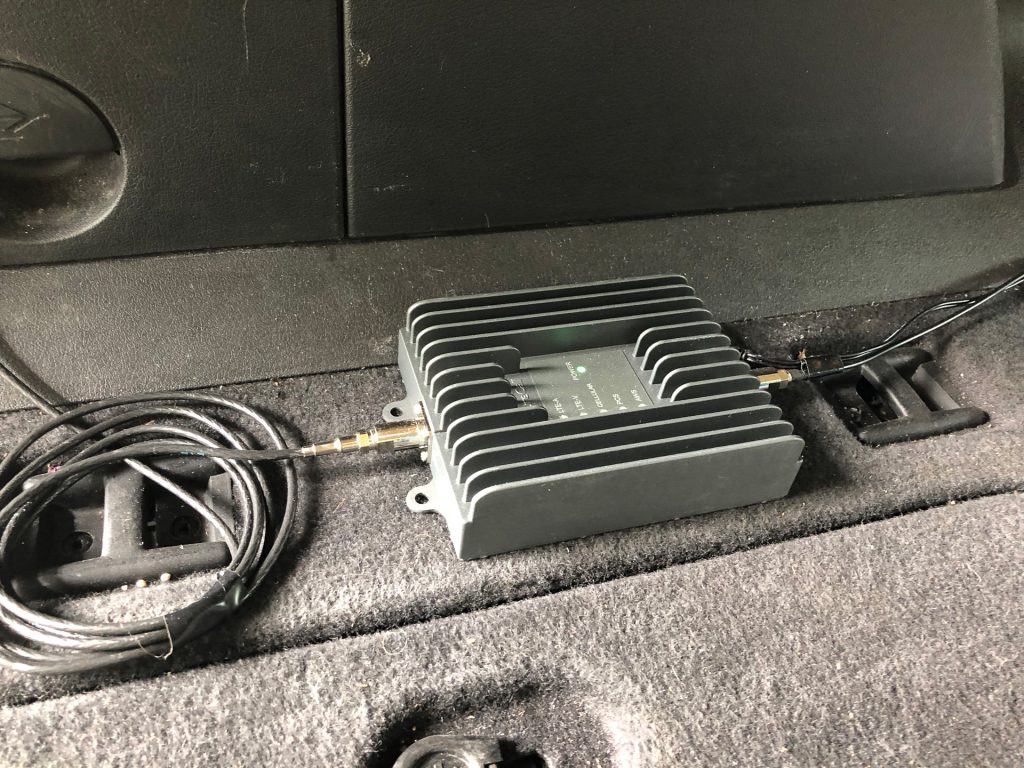 We have recently installed a SureCall booster in our Jeep Liberty that we tow behind our motorhome, and a Winegard 4LTE WiFi booster on the roof of our motorhome. The Fusion2Go 3.0 cellphone booster from SureCall can amplify incoming voice and 4G data signal from the tower and boost the power of the signal sent out by your phone. The outside antenna sends the signal to the booster which amplifies the weak signal from the tower and an inside patch antenna picks up the signal from your phone and rebroadcasts a stronger signal. SureCall Fusion2Go 3.0 is the newest generation to a line of in-vehicle signal boosters that has kept drivers and riders connected in areas with critically low cellular signal strength. This cell phone signal booster kit is purpose-built for mobile users who often find themselves on the edge of their cellular network.
We have recently installed a SureCall booster in our Jeep Liberty that we tow behind our motorhome, and a Winegard 4LTE WiFi booster on the roof of our motorhome. The Fusion2Go 3.0 cellphone booster from SureCall can amplify incoming voice and 4G data signal from the tower and boost the power of the signal sent out by your phone. The outside antenna sends the signal to the booster which amplifies the weak signal from the tower and an inside patch antenna picks up the signal from your phone and rebroadcasts a stronger signal. SureCall Fusion2Go 3.0 is the newest generation to a line of in-vehicle signal boosters that has kept drivers and riders connected in areas with critically low cellular signal strength. This cell phone signal booster kit is purpose-built for mobile users who often find themselves on the edge of their cellular network.
Fusion2Go 3.0 is a powerful piece of technology that installs in your car to provide multiple simultaneous users with reliable access to calling, text, and mobile data through 3G and 4G LTE.the Fusion2Go 3.0 kit includes a Low-profile magnetic antenna, interior patch antenna, cables and DC power adapter.
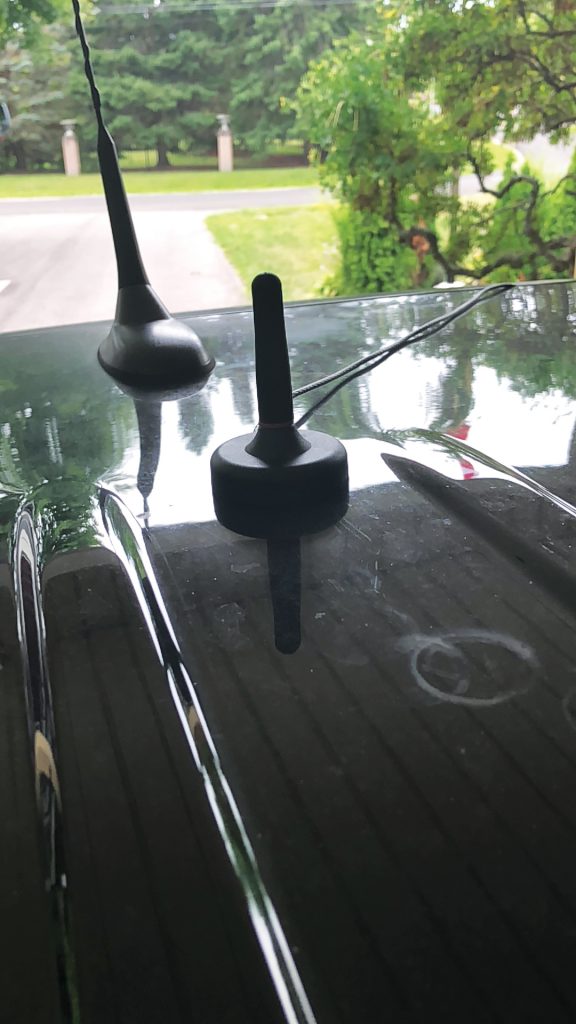 Amplifier unit to be placed in vehicle has a small footprint and automatically adjusts gain control. It provides maximum gain and maximum power possible within FCC limits. It has the next generation four inches high-gain exterior antenna that has a very strong magnet base which can hold antenna in place despite harsh environmental conditions such as bad weather including high winds.
Amplifier unit to be placed in vehicle has a small footprint and automatically adjusts gain control. It provides maximum gain and maximum power possible within FCC limits. It has the next generation four inches high-gain exterior antenna that has a very strong magnet base which can hold antenna in place despite harsh environmental conditions such as bad weather including high winds.
SureCall Fusion2Go 3.0 reduces dropped and missed calls and extends battery life for multiple simultaneous users. No more dropped calls with SureCall Fusion2Go 3.0! Enjoy clear and consistent mobile coverage for all smartphones and tablets inside vehicles. This 12 volts input amplifier kit includes an easy plug-in power adapter that is a standard for all cars and trucks worldwide.
Essentially it acts as hearing aid for the phone’s ear and a megaphone for the phone’s mouth. The phone will pick up lower signals from the air and the signal that the phone sends out will be more powerful and travel further through the air.
WiFi adapters are included in our computers, laptops, and cell phones to allow us to send information over a short distance without wires. They allow us to connect to the internet by sending data with a small radio signal to an access point. The adapter also recieves signals back and converts the data for you to read. Since the signal is very weak, line of sight between your computer and the access point is critical. If you are camped in an area with large trees or buildings that block the signal, you cannot connect to send or download information. This becomes an issue when you pull into a RV park and the access point for the internet is 200 yards away. Your signal may not be strong enough to reach the antenna in the campground and if you do connect, it may be difficult to download your web page.
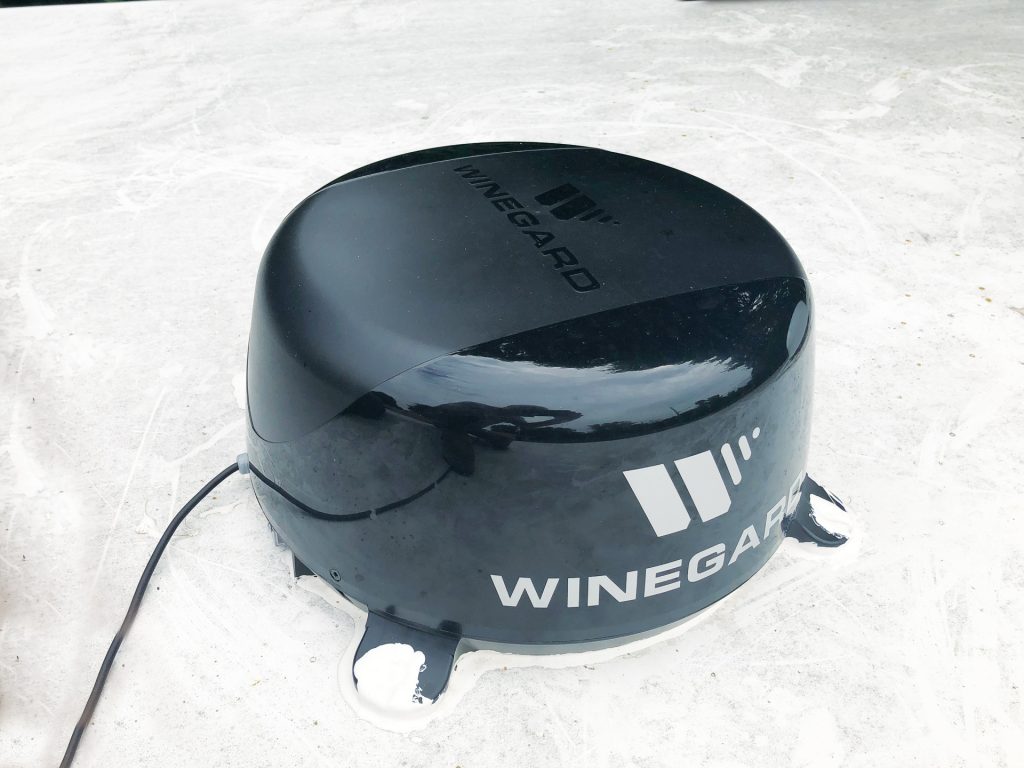 The Winegard ConnecT 4LTE WiFi booster is designed to be mounted on the roof of the motorhome or trailer for better line of sight. Now you can easily access devices in and around your RV with secure rebroadcasted WiFi and 4G LTE signals more powerful than a smartphone. You will be ale to stay connected with improved speeds in remote locations where WiFi or cellular options are nonexistent or very weak. You can keep your mobile devices, media players, and computers connected to WiFi with a reliable connection and expanded coverage. When WiFi service is not available, the Winegard ConnecT can access the 4LTE cellular network to make your connections.The ConnecT links to nationwide 4G LTE networks for reliable, uninterrupted, in-motion and stationary coverage while traveling and offers the capability to swap SIM cards to add to new or existing data plans from other carriers! W
The Winegard ConnecT 4LTE WiFi booster is designed to be mounted on the roof of the motorhome or trailer for better line of sight. Now you can easily access devices in and around your RV with secure rebroadcasted WiFi and 4G LTE signals more powerful than a smartphone. You will be ale to stay connected with improved speeds in remote locations where WiFi or cellular options are nonexistent or very weak. You can keep your mobile devices, media players, and computers connected to WiFi with a reliable connection and expanded coverage. When WiFi service is not available, the Winegard ConnecT can access the 4LTE cellular network to make your connections.The ConnecT links to nationwide 4G LTE networks for reliable, uninterrupted, in-motion and stationary coverage while traveling and offers the capability to swap SIM cards to add to new or existing data plans from other carriers! W







